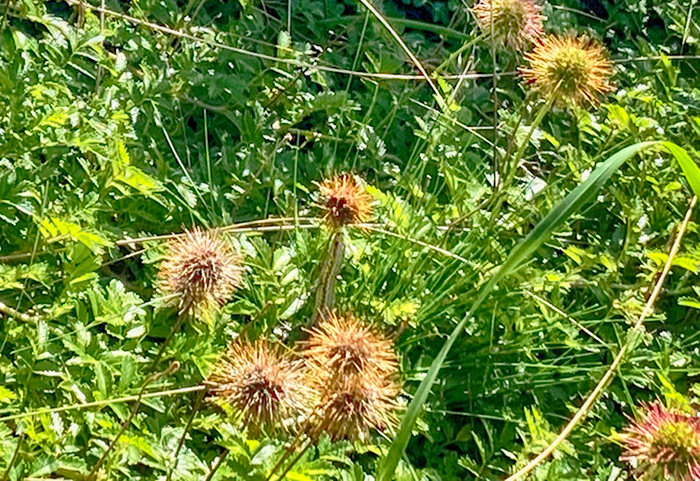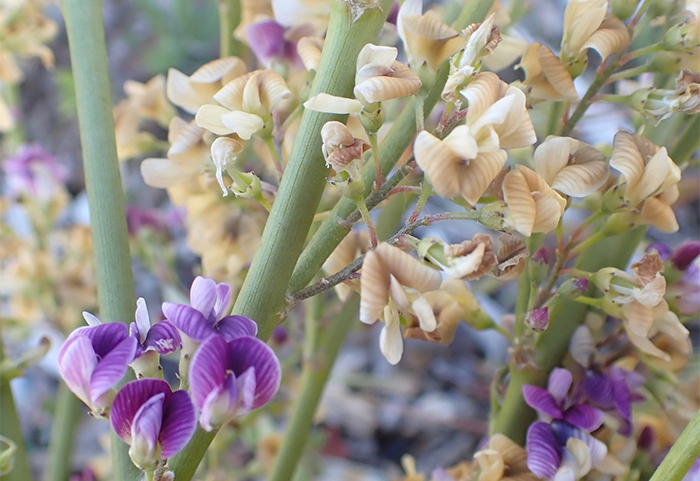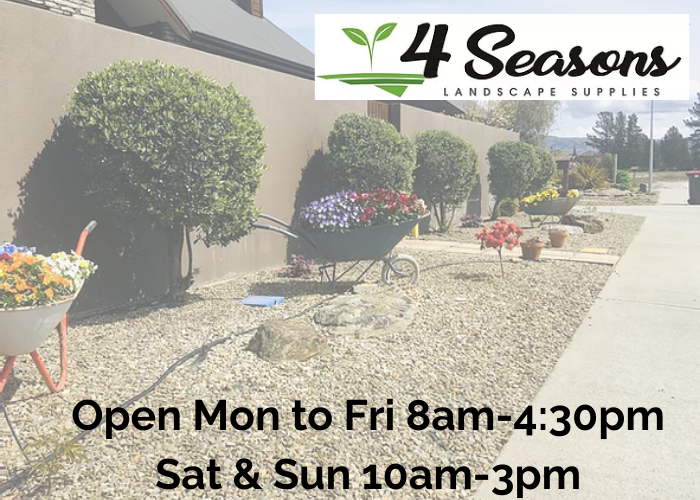Are native plants always the best choice for our gardens?
Mary Hinsen
12 March 2021, 3:31 PM
 Questions have been raised about whether native is best - we get a Central Otago perspective.
Questions have been raised about whether native is best - we get a Central Otago perspective.An article recently published in New Scientist has challenged the belief native plants are always best. The Central App investigates.
In the world of horticulture, botanist James Wong says the label “native” is too often used as a byword for ‘better’.
Native plants are considered easier to grow and better for retaining diversity of habitat for our wildlife, while also being less invasive and more resistant to pests, he says.
James is quick to point out native plants are a great choice for gardens. His intent was to examine whether they are automatically a superior option for both garden performance and ecological value, in the context of Britain where he resides.
“The popular claim that non-native plants are far worse at supporting local wildlife, while also being less pest-resistant, requires doublethink,” James says.
“This is largely because the difference between pests and wildlife is cultural.
“Undoubtedly, the most important way that plants support wildlife is as a food source, but if an animal munches on them in an unaesthetic way, we label it a pest.”
In New Zealand, Department of Conservation (DoC) statistics show wilding conifers cover more than 1.8 million hectares of our country.
Despite control efforts, they are still spreading at an estimated rate of 5 percent each year.
According to DoC, this means without large scale funding and control, within twenty years 20 percent of New Zealand will be covered with wilding pines.
And the problem with that?
A DoC spokesperson says as wilding pines spread, they reduce the numbers of plants and animals that are only found in New Zealand.
Among other factors, they also create a fire risk, and can lead to the acidification of soils, which in turn leads to the depletion of minerals such as calcium.

Found in Dhana’s wild garden, spot the juvenile McCann’s skink climbing an Aceana flower head.
Haehaeata Natural Heritage Trust nursery manager Dhana Pillai explains that in Central Otago, it’s all about maintaining diversity of species.
“Central Otago wasn’t always a tussock-covered landscape.”
Long before daffodils became our icon of spring, distinctive golden kōwhai flowers heralded winter’s end and the beginning of the growing season, she says.
Spring showers were romantically termed ‘ua kōwhai’, or kōwhai rain, and Maori coined the whakatauki, “I hea koe i te ao o te kōwhai?”, “Where were you when the kōwhai was in bud?” to describe someone shirking their spring gardening duties.

A beautiful native broom, Carmichaelia petriei
“Soon after the arrival of humans in this area, fires, grazing and erosion saw native forests and shrublands disappear and soils depleted of goodness,” Dhana says.
“Central Otago lost much of its biodiversity and now has the least protected areas of any other district in the country.”
Haehaeata Natural Heritage Trust member Rachael Baxter agrees.
“Locally, kōwhai are now scarce and those that remain are lone trees or small groves growing in isolation.
“Such trees are vulnerable to further loss through impacts of stock and lack of regeneration opportunities - in particular, goats, rabbits and hares prevent natural regrowth in all but the most inaccessible sites.”
Dhana says encouraging people to plant a variety of natives that belong here is vital for a number of reasons.
“Our local natives are supported by our specific climate and environment, so they are more likely to thrive.
“And bringing back local plant diversity helps to bring back overall biodiversity in our local ecosystem – supporting the range of birds and animal life that belong here.
“Research shows building biodiversity back into our environment increases the resistance of our ecosystems to climate events.”
Dhana says we have a number of at-risk species locally, both plant and animal species.
“What we put in our gardens matters here in Central Otago.
“We should all be gardening to enhance native wildlife. A collective effort would make a big difference to our local biodiversity.
“Local plant biodiversity is key for the ongoing health of our environment.”
Dhana says she encourages people to plant native plants that attract pollinators.
“Tree daisies (Olearia species), Kanuka, hebes, porcupine shrub (Melicytus alpinus) native brooms (Carmichaelia species) and Raoulia species are all wonderful insect-friendly plants.
“Insects are food for our native birds and lizards, and if we want to encourage more of those native animals back into our gardens and wild places, we need to put more native plants in the ground.
“The only way to get native butterflies into your garden is to plant the food source for its caterpillars.
“So we encourage people in our communities here in Central Otago to take steps such as planting native species to combat the effects of climate change and the effects of our growing towns encroaching on natural habitats.”
Images contributed
Advertisement



